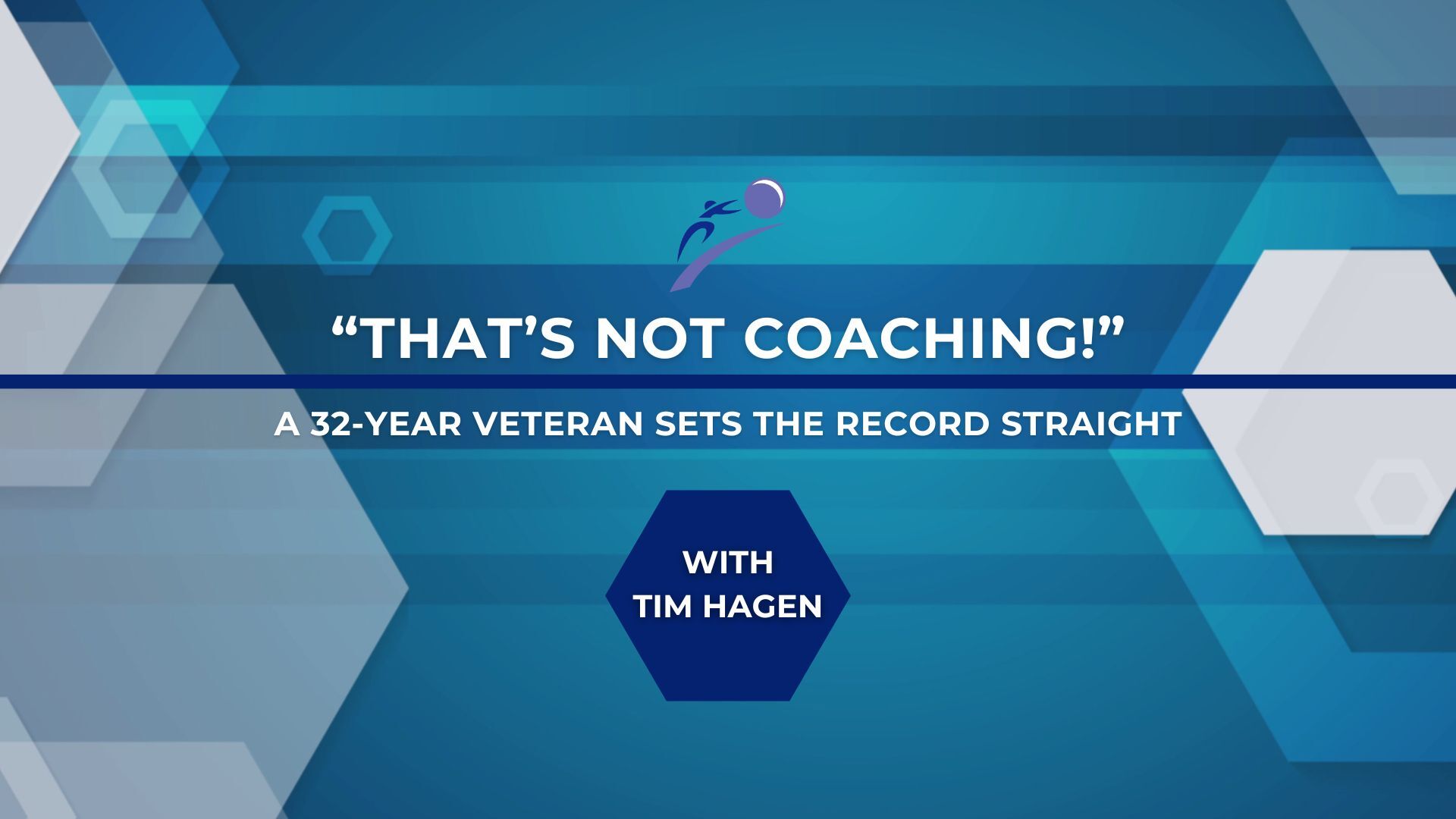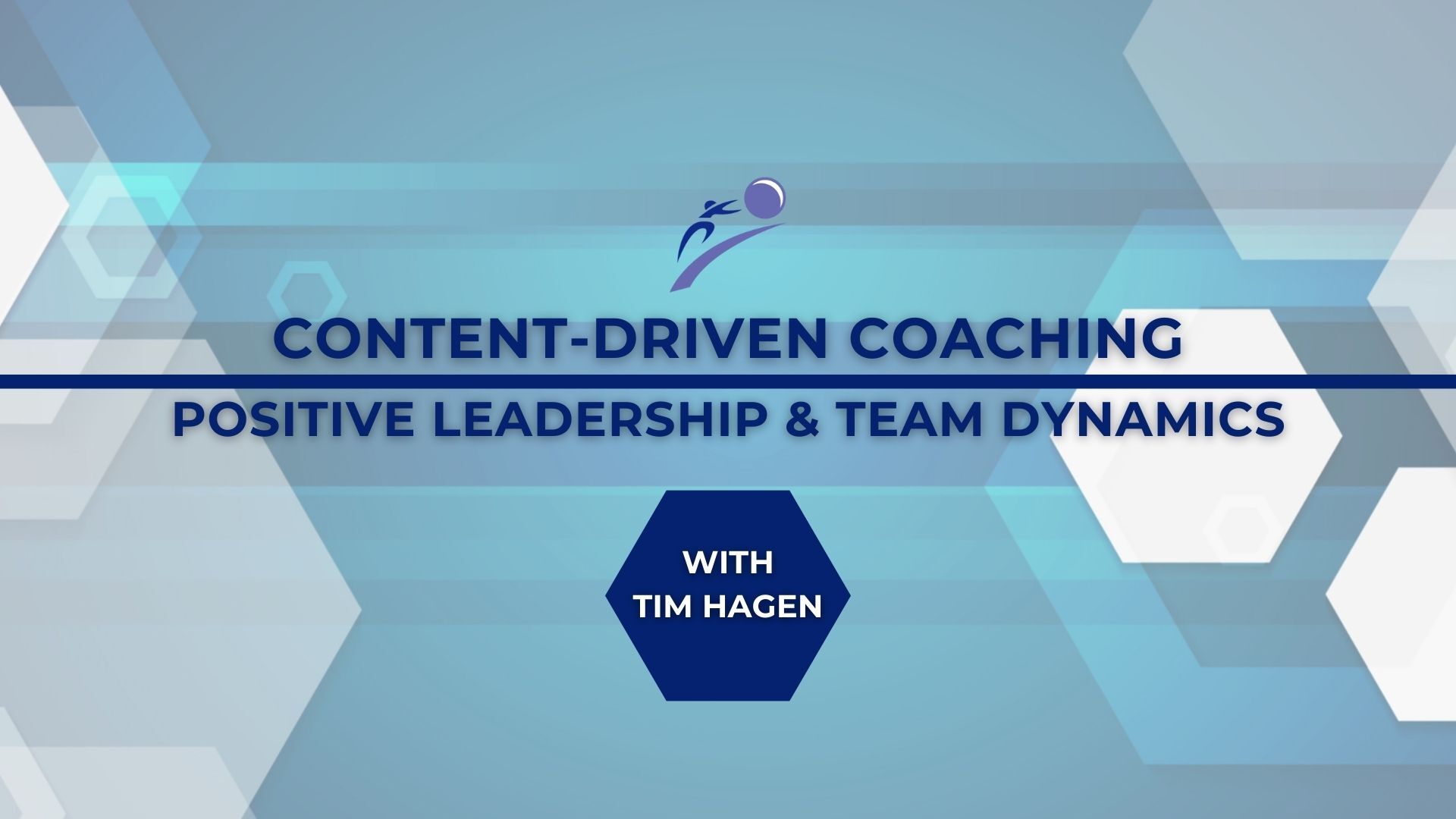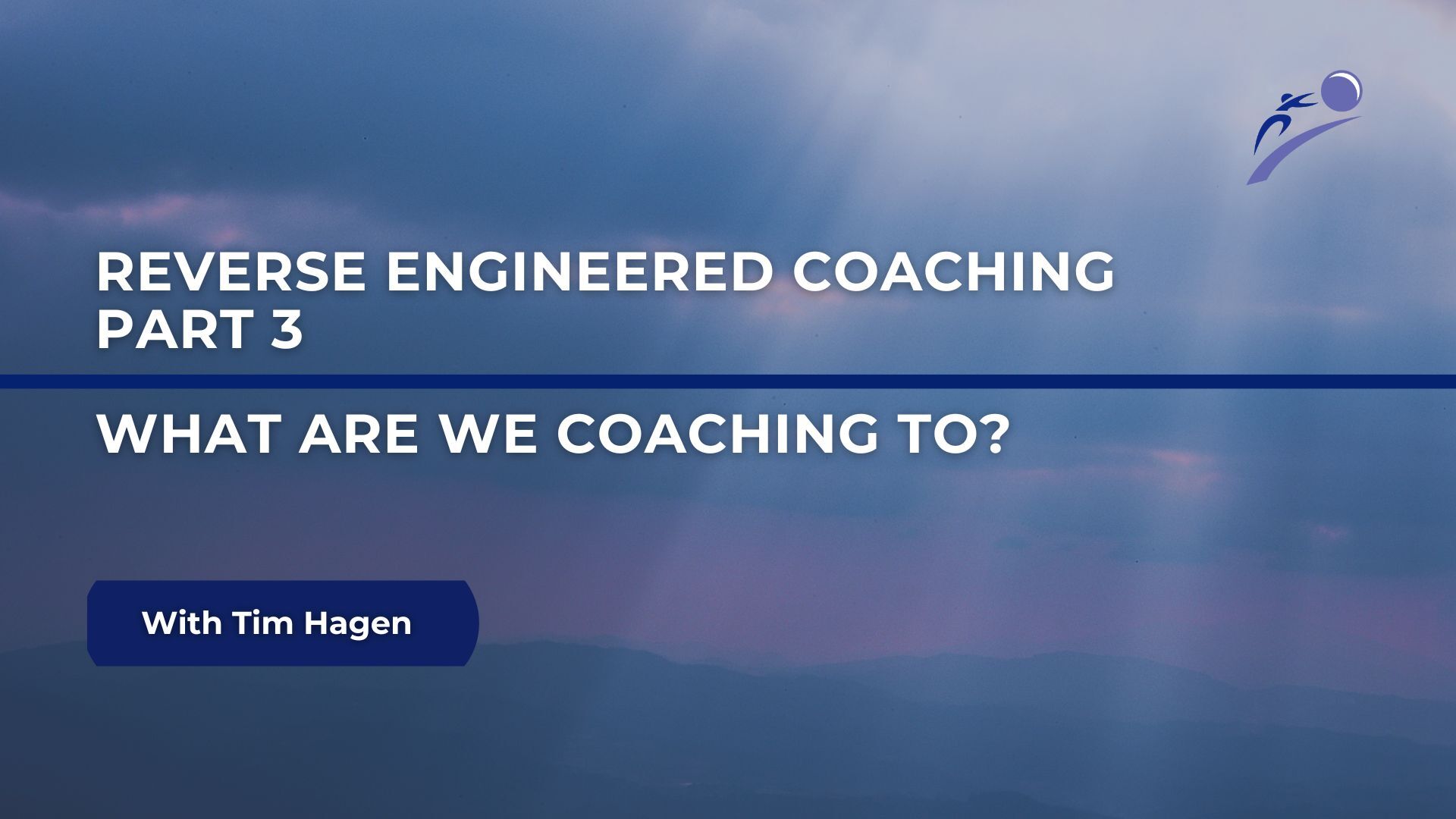Innovative Strategies for Building a More Responsive and Cohesive Team
How do we leverage positive reinforcement to magnify employee engagement? Gallup illuminated the significance of leading with people's strengths for an eightfold increase in engagement. When summons to the boss' office are commonly perceived negatively, we offer strategies to flip the script, ensuring your team looks forward to every interaction.
Coaching meets cutting-edge technology in this modern era. Witness how artificial intelligence can become an invaluable component of your coaching arsenal, perfectly aligned with your organization's goals. These innovative approaches to coaching automation go beyond mere learning-- they can foster deeper personal connections among team members and increase the team's and organization's overall success.
Conflicts can dissolve into common ground through personal discoveries facilitated by automated tools like JotForms. Combined with real-life scenarios, we reveal how this synergy of coaching and technology doesn't just prompt action but builds a more harmonious, conflict-resistant environment. We can revolutionize the dynamics of your professional and personal development journey.
Let's return to the fundamentals of coaching and then combine them with some technology solutions we've come across. When I think about coaching, I think about the fundamentals. We have defined and refined coaching over the last 31 years in the following way. This doesn't have to be your definition, it's just ours, but relevant for this lesson.
#1: Get someone to look in the mirror.
#2: Get them to take action on #1.
Most people won't do #1 arbitrarily on their own. I've said that for 31 straight years.
To get someone to look in the mirror, we also have to get them to realize they have positives. They have strengths. They are more willing to look in the mirror if they are encouraged to look at their strengths. Coaching is not just about fixing people or constructive feedback.
Every time you call someone into the office as their leader or manager, 3 of 4 times should be for just the positive things that an employee is doing. The Gallup organization says it best when you lead with people's strengths, they engage eight times more. Every time I've asked the question after all these decades, what happens when an employee gets called into the office? What's his or her response? It's usually, "Uh-oh, what did I do wrong?" Because we've conditioned that behavior and reaction.
Let's bring it all together. Call people into the office for the good stuff. Schedule one-on-ones for those people who need coaching, certainly every two weeks. Get together with your group. Think about a collective area of opportunity where you want to coach. It could be a strength of your whole team. It could be an area where they have an opportunity to improve.
Now, combine all of that with this:
Make artificial intelligence available to your staff members. Make sure it's a tool that's in alignment with what you're trying to accomplish. I'm not going to sell anything to you, but I will say in our platform, CoachApply 5.0, our artificial intelligence tool doesn't work like ChatGPT where it potentially scans the whole internet. Our AI tool in CoachApply 5.0 goes out and reads only our platform of countless coaching and leadership lessons and resources compiled over decades in the business.
Let's get back to the combination we talked about. We have a coaching framework. We have very specific coaching types we teach. When our leaders get help from our AI tool, it's in alignment with the training they've received from us. Make sure whatever AI tool you're using is in alignment with your goals.
My final thoughts here are that I think we've missed the boat on coaching automation. My staff has said to me multiple times it's all about AI now. I can't help but think about this one lesson we all learned just recently. When you think about the pandemic, technology proliferated in the virtual world. Zoom, Microsoft Teams, and all these tools came out so we could still work, learn, and function, and that's awesome, right? Here's my challenge. After three years of strictly virtual interactions, what did we all want to do? We were all mostly desperate to go back to in-person because we missed that human interaction. People need human interaction. With coaching automation, it's not just automating the delivery of questions or video lessons and quotes and thoughts and perspectives, it also can automate the prompting of engagement.
Let me give you an example. We're working with a small company where every week, they receive a lesson where they are prompted to engage with a teammate. They are instructed to learn a few things and then fill out a short assessment. We use JotForms and love it, but use whatever tool works for you. One of the most common questions we ask is who did you meet with and what are two unique things you learned about them?
Guess what happens? The HR department's telling us they have less in-fighting, and there's less conflict. The main reason we have conflict in the workplace is if the only thing between people in our relationships is work, the relationship is going to feel like work. Which will eventually lead to arguing and discontent. Yet, if I find out my coworker likes gardening, volleyball, or the Green Bay Packers, I develop an awareness and a commonality with them. Guess what happens then? Where there's awareness and commonality, there's less conflict.
Coaching automation can prompt action between people and promote positive engagement face-to-face.
Looking for a quick boost to your coaching and leadership game? We're offering a FREE COURSE to help leaders enhance their coaching abilities with
Lead with Impact: 6 Steps to Building a High-Performance Coaching Culture in Your Organization
This is a 7-day course with video lessons sent to your email throughout the week. You can watch the recorded lessons on your own time at your own pace.
Discover:
-
The best attributes of coaching
-
An efficient framework for coaching
-
The crucial tiers of learning
-
The 3 levels of change
-
The power of questions
-
and more!
Access the free course here: https://upvir.al/156009/lp156009





